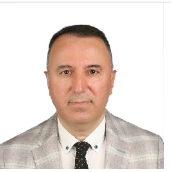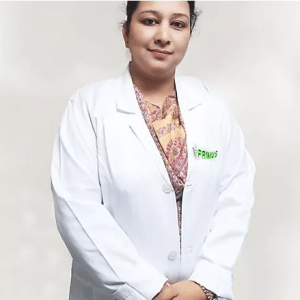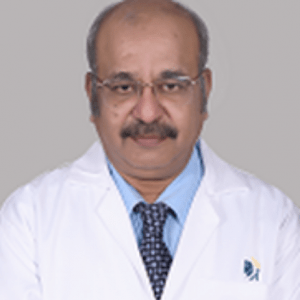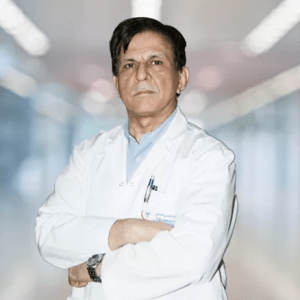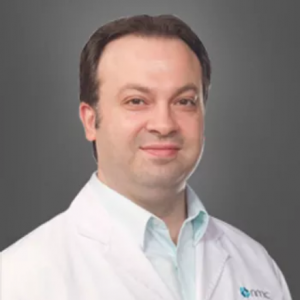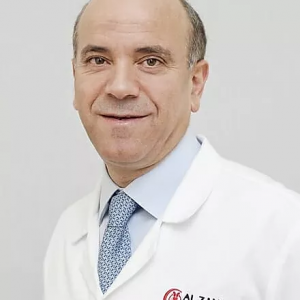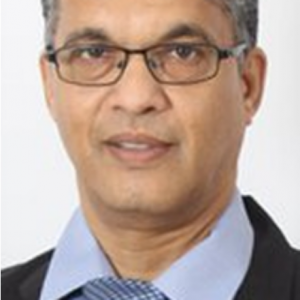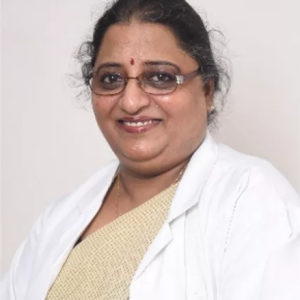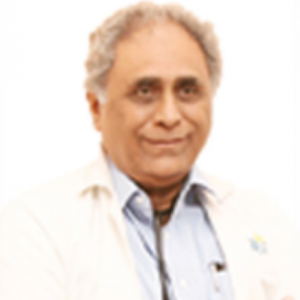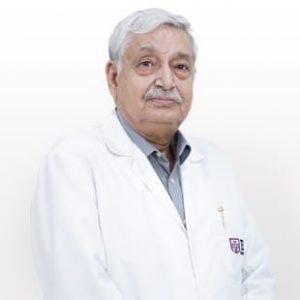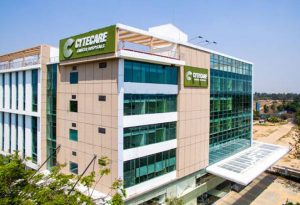Testicular Cancer
Testicular cancer occurs in the testicles (testes), which are located inside the scrotum, a loose bag of skin underneath the penis. The testicles produce male sex hormones and sperm for reproduction. … Read More
Top Doctors For Testicular Cancer Treatments
Top Hospitals For Testicular Cancer Treatments
Testicular Cancer
Testicular cancer occurs in the testicles (testes), which are located inside the scrotum, a loose bag of skin underneath the penis. The testicles produce male sex hormones and sperm for reproduction. Compared with other types of cancer, testicular cancer is rare. But testicular cancer is the most common cancer in American males between the ages of 15 and 35.
Testicular cancer is highly treatable, even when cancer has spread beyond the testicle. Depending on the type and stage of testicular cancer, you may receive one of several treatments or a combination. Testicular cancer is cancer that develops in one, or both, of the testicles (or testes), the male reproductive glands situated inside the scrotum (a loose pouch of skin located beneath the penis). The testicles are responsible for the production of male sex hormones and sperm reproduction.
Testicular cancer most often starts due to changes in the germ cells (the cells in the testicles that produce sperm). These germ cell tumours are responsible for more than 90 per cent of all testicular cancers. The occurrence of testicular cancer is relatively rare. However, it is highly treatable, even when the cancer has spread beyond the testicles.
Types of testicular cancer There are basically two main types of testicular cancer;
- Seminoma: This type of testicular cancer grows sluggishly and unaggressive, and contains only the seminoma cells. It is of two subtypes – classic and spermatocytic. It occurs in all age groups but more likely to develop in older men. Seminoma testicular cancers are usually restricted to the testes, but may also spread to the lymph nodes.
- Non-seminoma: This is the more common type of testicular cancer, it develops early in life. Unlike seminoma, it is not confined to the testes, and grows and spreads swiftly. It involves various kinds of cancer cells. There are quite a number of subtypes – embryonal carcinoma, yolk sac carcinoma, choriocarcinoma, and teratoma.
Stages of testicular cancer Testicular cancer are categorized into stages to help with treatment plans and options.
- Stage 0: this stage is also known as Germ Cell Neoplasia In Situ (GCNIS). This is not exactly a cancer, but a sign that cancer could develop. It can only be found in seminal tubules and nowhere else.
- Localized (or Stage 1): The cancer is still limited to the testicles.
- Regional (or Stage 2): The cancer has spread (outside the testicles) to one or more lymph nodes in the abdomen.
- Distant (or Stage 3): The cancer has spread far beyond the testicles and the lymph nodes of the abdomen. It can now be found in other parts of the body; like the lungs, liver, brain, and bones.
Diagnosis of testicular cancer
The following can be carried out to diagnose testicular cancer;
- Physical examination: To check for testicular abnormalities, like lumps or swelling.
- Blood tests: To measure tumour markers; such as, alpha-fetoprotein, human chorionic gonadotropin and lactate dehydrogenase. An elevated level of these substances may suggest the presence of a tumour.
- Ultrasound: To look at the internal structure of the testicles. This helps to reveal the presence and size of a tumour.
- Biopsy: A small tissue sample is collected from the testicle for a microscopic investigation. This helps determine the presence or absence of cancer.
- Computerized tomography (CT) scan: To generate series of X-ray images of the abdomen, chest and pelvis, to look for signs of spread.
- Radical inguinal orchiectomy (Surgery to remove a testicle): If it’s confirmed that there’s a lump in the testicle, and it’s suspected to be cancerous, it may be recommended to remove the entire testicle for analysis to determine if the lump is cancerous and, if so, what type of cancer.
Testicular cancer treatment Generally there are three categories of testicular cancer treatments.
- Surgery: One of the major testicular cancer treatment option is the surgical removal of one or both of the testicles (known as radical inguinal orchiectomy) and some surrounding lymph nodes (retroperitoneal lymph node dissection).
- Radiation therapy: This involves the use of high-energy rays to kill cancer cells by damaging the DNA inside the tumour cells and destroying their ability to reproduce. This prevents spreading and recurrence. It may either be externally or internally administered. External radiation involves the use of a machine to target the radiation at the cancerous area. Internal radiation involves using radioactive seeds or wires by placing them in the affected area. Internal radiation is often successful in treating seminomas.
- Chemotherapy: The use of medication to kill cancer cells, and prevent further division and growth. Chemotherapy is a systemic treatment, which means it is capable of killing cancer cells that have travelled to other parts of your body.
One other form of treatment that may be considered is stem cell transplant.
Symptoms
Signs and symptoms of testicular cancer include:
• A lump or enlargement in either testicle
• A feeling of heaviness in the scrotum
• A dull ache in the abdomen or groin
• A sudden collection of fluid in the scrotum
• Pain or discomfort in a testicle or the scrotum
• Enlargement or tenderness of the breasts
• Back pain
Cancer usually affects only one testicle
Causes
It's not yet clear what testicular cancer causes really are.
What is known is testicular cancer starts to develop when healthy cells in a testicle become altered (mutated). Healthy cells, usually, grow and divide in an orderly manner to keep the body function normal. However, when they’ve been altered, they become abnormal, causing the orderliness of growth and division to get out of control. They continue to divide even when new cells aren't needed, thereby leading to accumulation. The accumulated cells then form a mass in the testicle.
FAQ
How can I prevent myself from testicular cancer?
There's no sure means to prevent testicular cancer.
However, it is recommended to engage in regular testicle self-examinations. This helps to identify testicular cancer at its earliest stage.
What puts me at risk of testicular cancer?
Certain factors may increase the risk of testicular cancer. Such factors include;
- An undescended testicle (known as cryptorchidism).
- Abnormal testicle development.
- Family history of testicular cancer.
- Age: Although, it may occur at any age. Testicular cancer is, however, more common in teenagers and younger men, especially those between the age of 15 and 35.
- Race: White men are more prone than black men.
- Genetic disorders: Such as Down syndrome increases the risk of testicular cancer.
- Previous diagnosis: Survivals of testicular cancer have a 4% chance of suffering recurrence in the previous unaffected testicle, if it only affected one in previous diagnosis.
- Fertility problems: Men with fertility problems are more likely to be diagnosed with testicular cancer.
- HIV infection: The virus responsible for AIDS has been linked with testicular cancer.
Are there any tips on how to cope with testicular cancer?
The following tips may help with coping with testicular cancer
- Learn enough about testicular cancer to help you make decisions about your care.
- Take care of yourself, not just the cancer.
- Connect with other survivors and share your mind with them.
- Stay connected with family and loved ones.
What is testicular cancer survival rate?
The 5 years testicular cancer survival rate of an early stage testicular cancer is an excellent 95% rating.
For a testicular cancer that has spread to other organs, the 5 year survival rate is 74%
It can be said that there is an excellent outlook for testicular cancer.
How do I perform testicular self-examination?
To perform a testicle self-examination;
- Softly hold the scrotum on the palms of both hands, while standing in front of a mirror. Check for any form of swelling on the skin of the scrotum.
- Then feel the size and weight of the testicles.
- Gently press around the testicles with your fingers, and take note of any lumps or unusual swellings.
- Gently feel each testicle individually by placing the index and the middle fingers under one testicle with the thumbs at the top. Then softly roll the testicle between the thumbs and the other fingers. The testicles should be smooth, oval shaped and somewhat firm, with no lumps or swellings of any form. There should be a tube-like section at the top and back of the testicle. This section, known as epididymis, is where sperm is stored.
Note: Many males have at least one testicle that hangs lower than the other or that is bigger than the other. In as much as these proportions do not change over time, there is no cause for concern.
Are there any complications of testicular cancer?
The removal of one, or both, of the testicles may lead to infertility.








